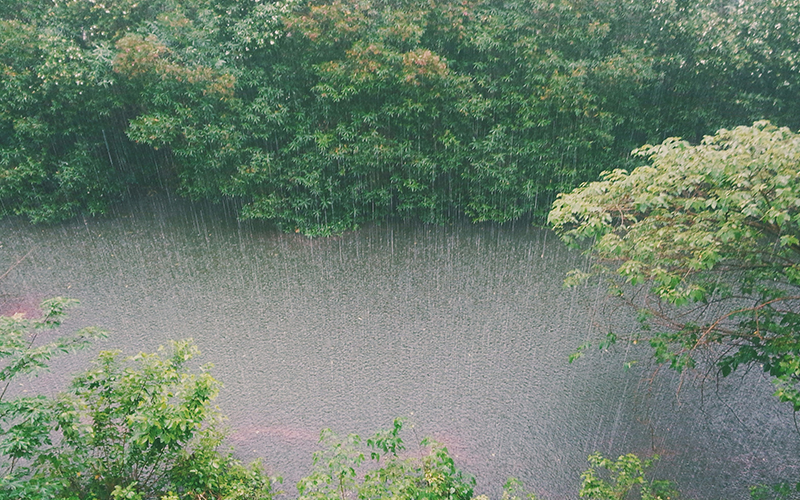You’ve seen the photos: cars floating like toy boats, highways swallowed by muddy water, families wading through knee-deep floods with whatever belongings they can carry. For many Malaysians, this isn’t just a headline — it’s reality.
Floods are no longer rare surprises. They're becoming more frequent, more intense, and far more destructive. Whether it's the streets of Kuala Lumpur turning into rivers after a sudden downpour, or entire towns in Kelantan and Pahang submerged for days, the impact is impossible to ignore. But what’s really behind all this? Is it just heavier rain — or is something bigger at play?



